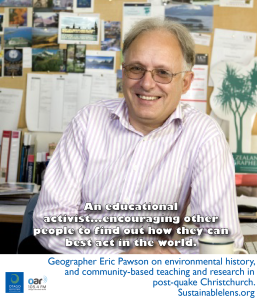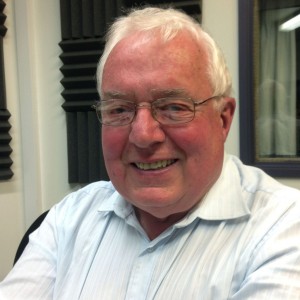
Dr Walter Poleman is a Senior Lecturer and Director of the Ecological Planning Programme at the Rubenstein School of the Environment and Natural Resources at the University of Vermont. He is coordinator of the Greater Burlington Sustainability Education Network which is a United Nations Regional Centre for Expertise for Education for Sustainable Development.
I love to see how things connect – and place is crucial in that.
People and place are inseparable.
We are all the parts connected together in a whole.
The best educators help students see connections
Relearning an integrated whole
Restorative justice and restorative environments are in the same place – healing can occur, and they are both dependent on the health of the whole.
Sustainability: ecological flourishing plus human flourishing
Walter teaches courses in integrated field science, landscape ecology, and measurements and mapping of natural resources. He also serves as the director of the Place-based Landscape Analysis and Community Engagement (PLACE) Program, a partnership of University of Vermont and Shelburne Farms, which provides local residents with a forum for exploring and understanding the natural and cultural history of their town landscape.





